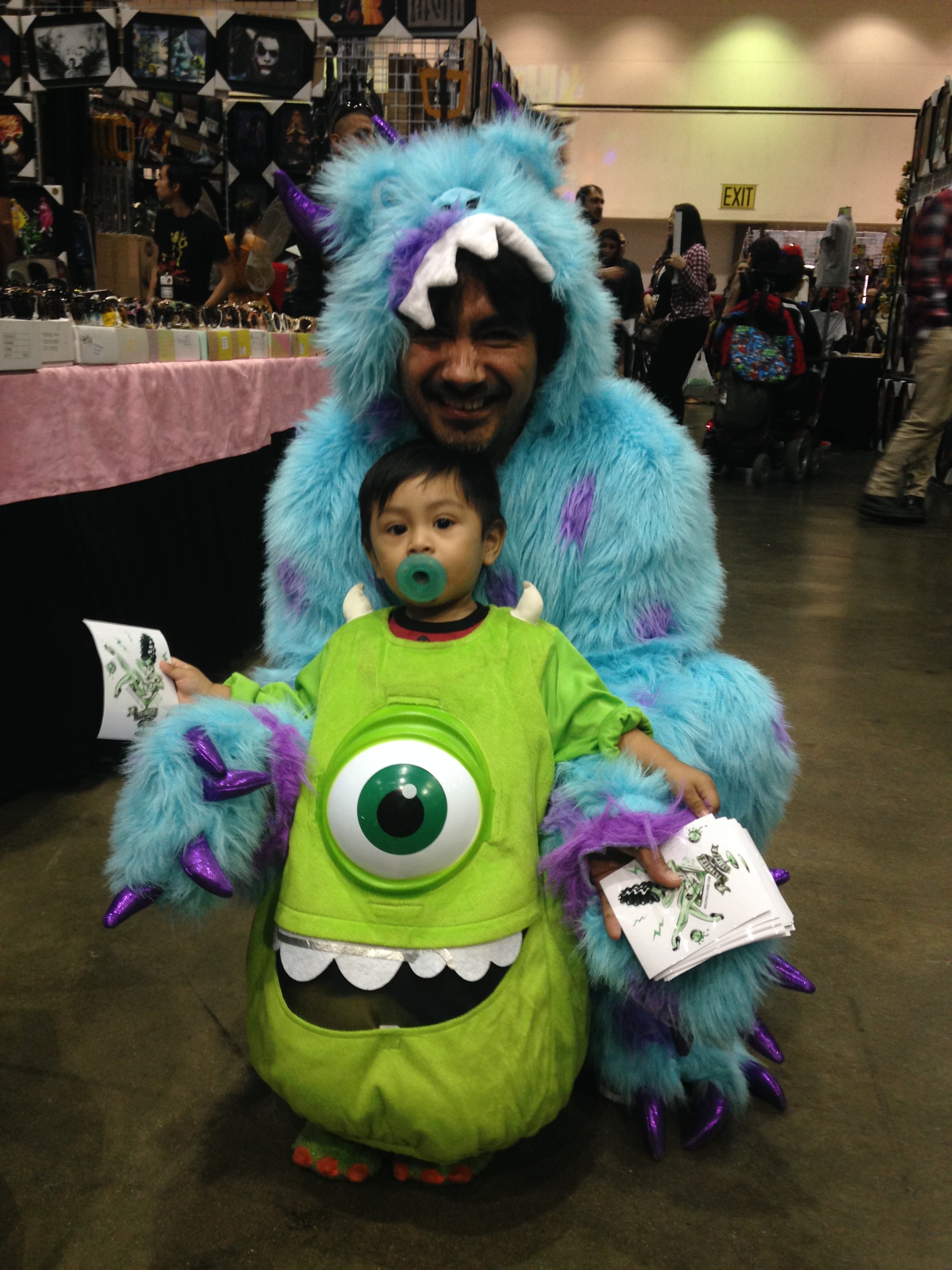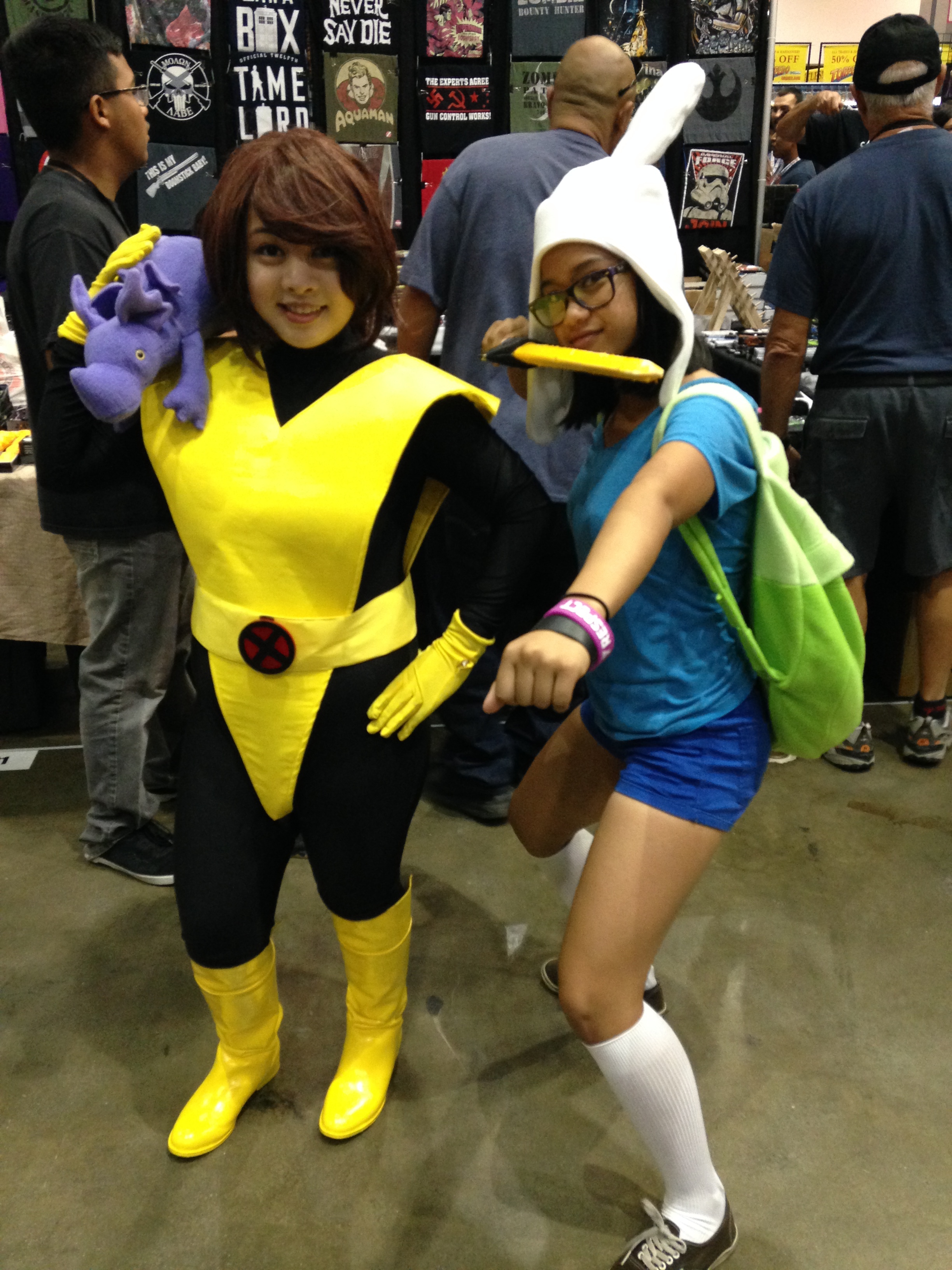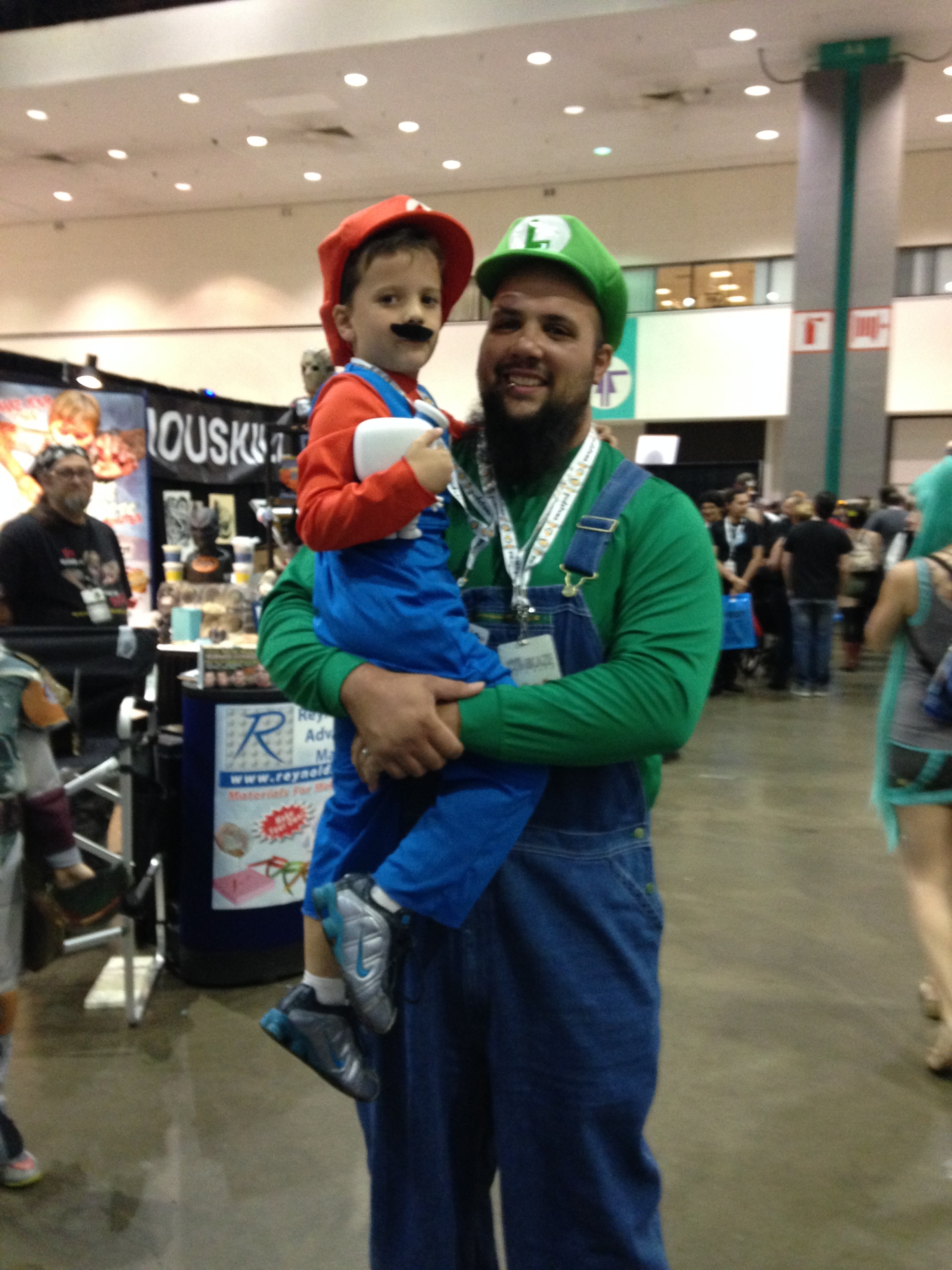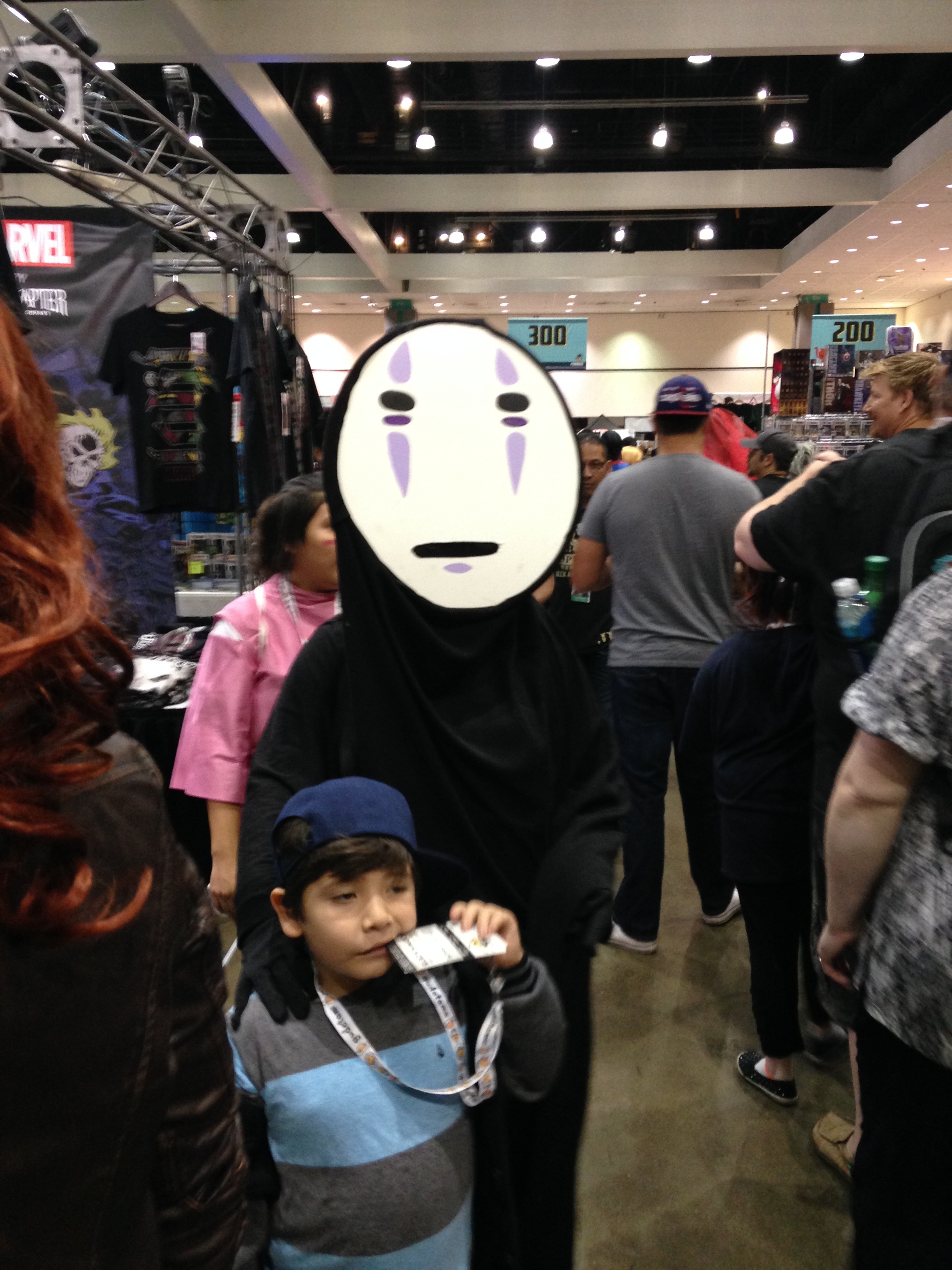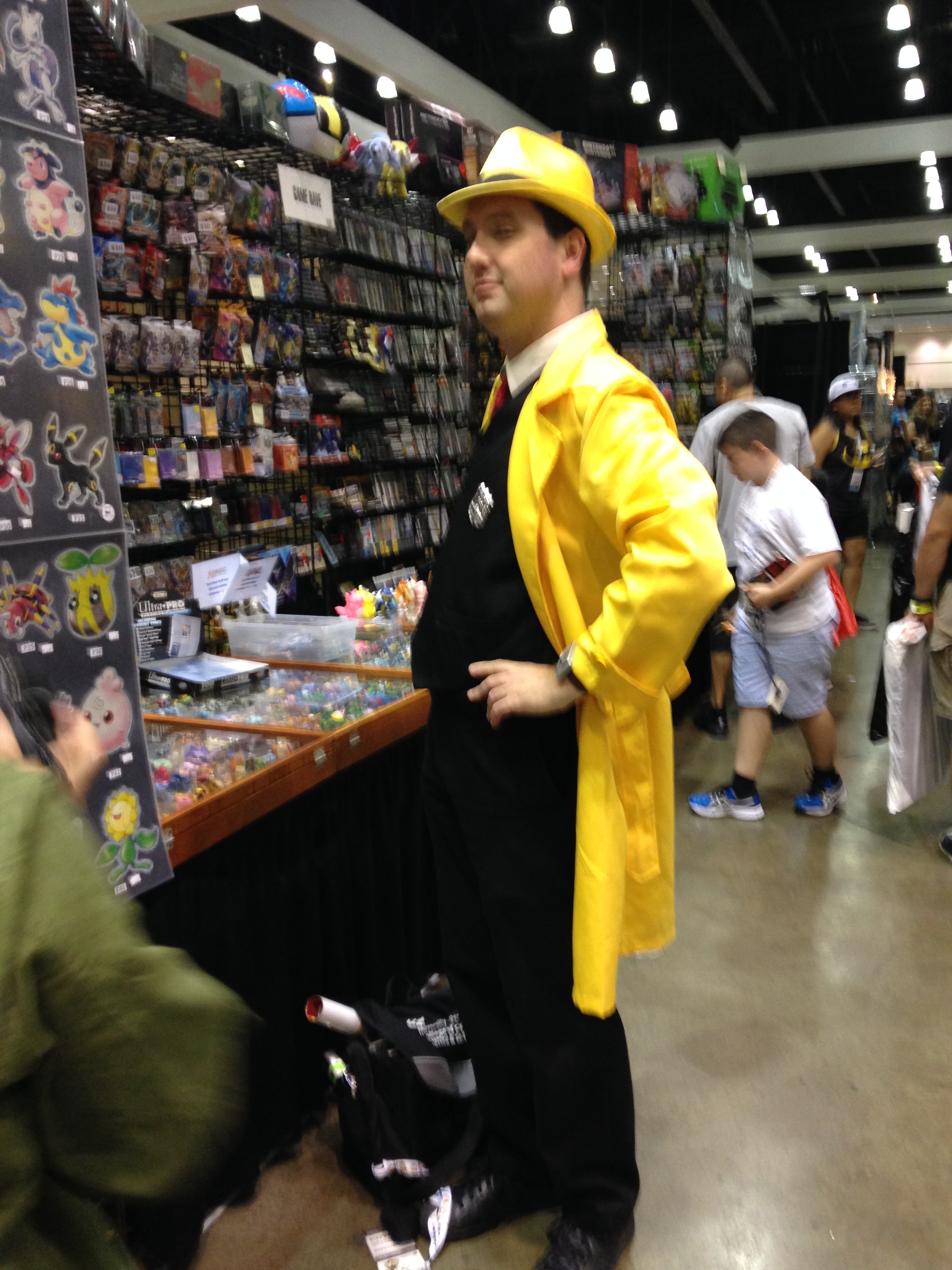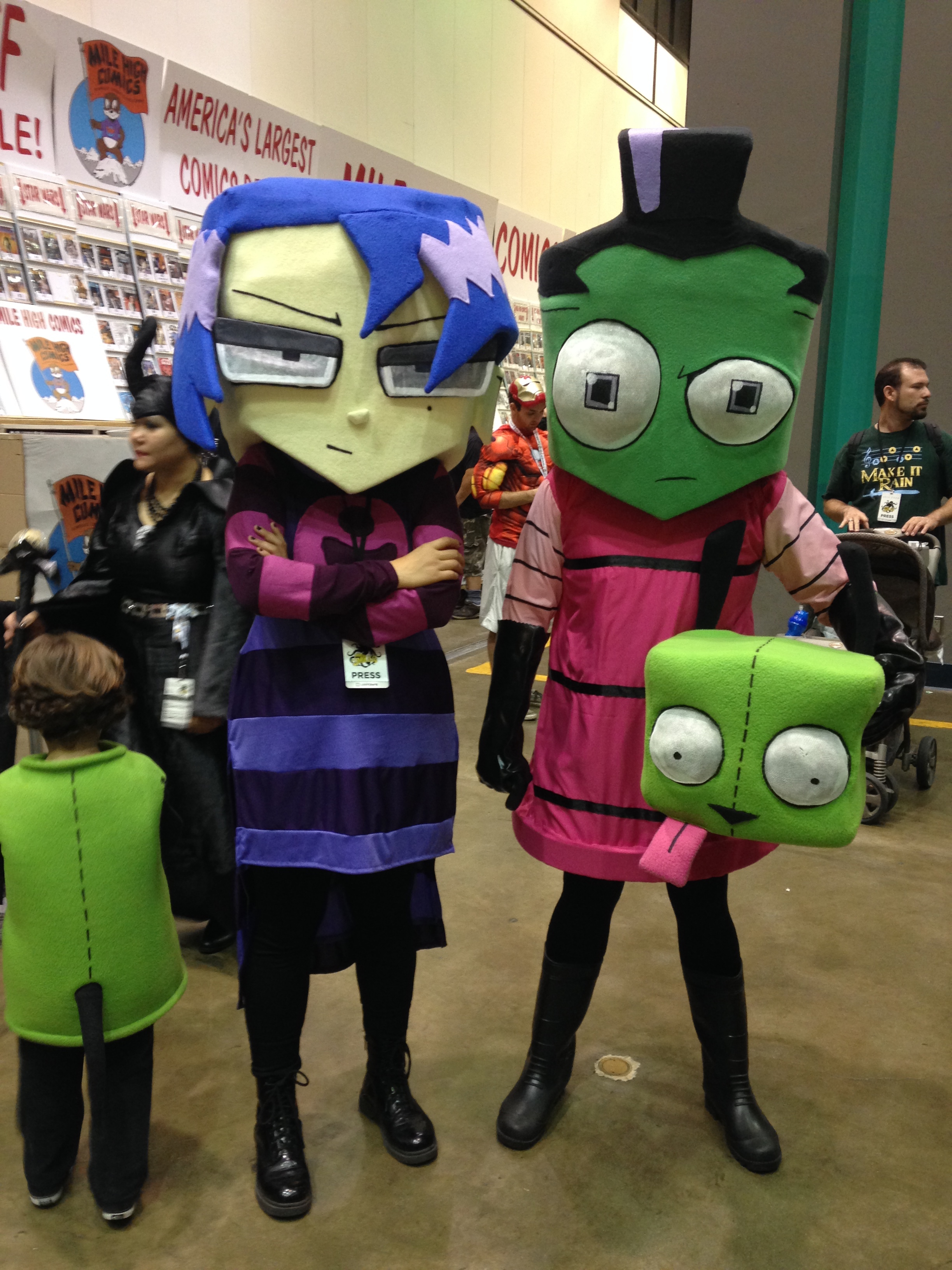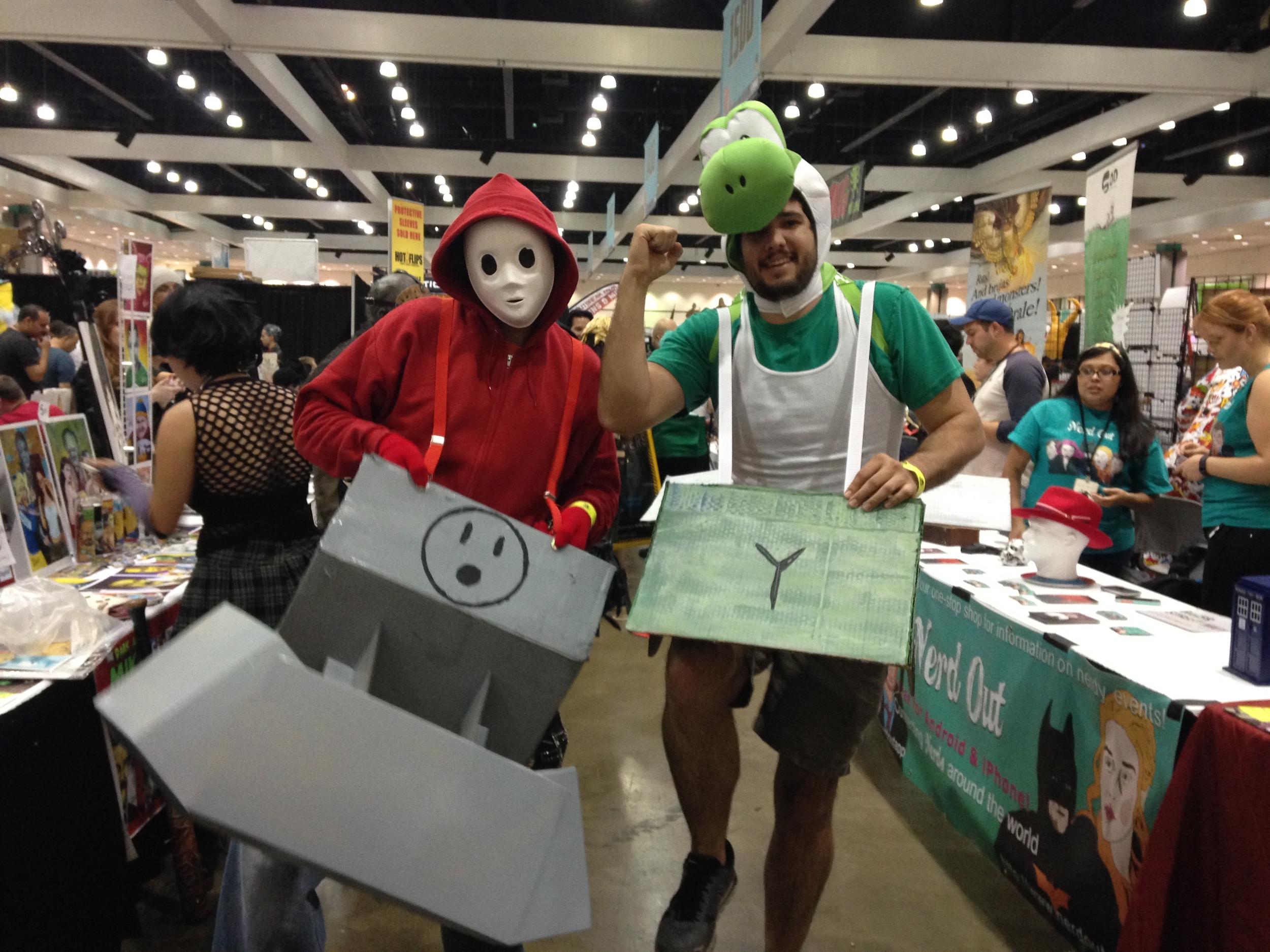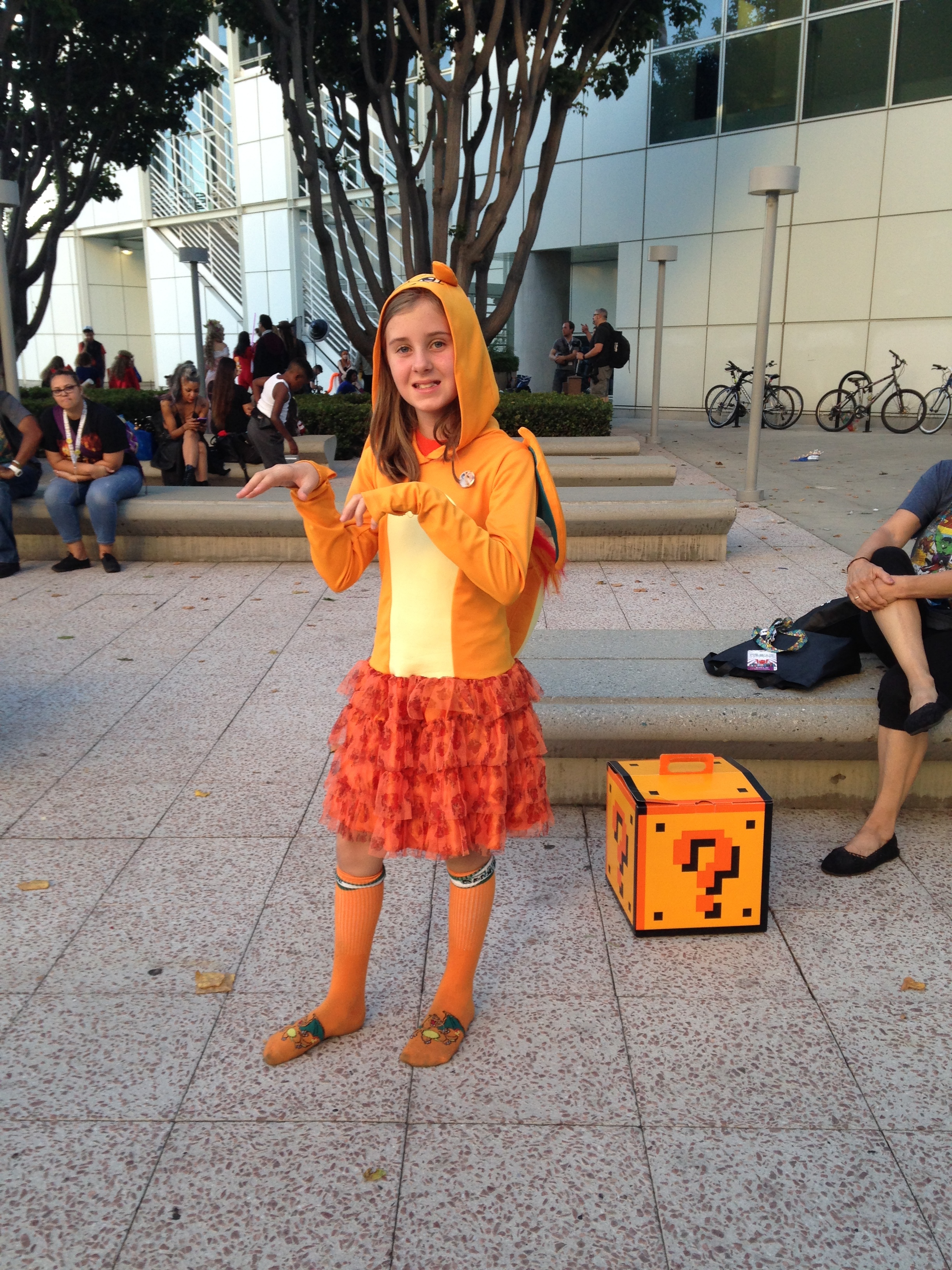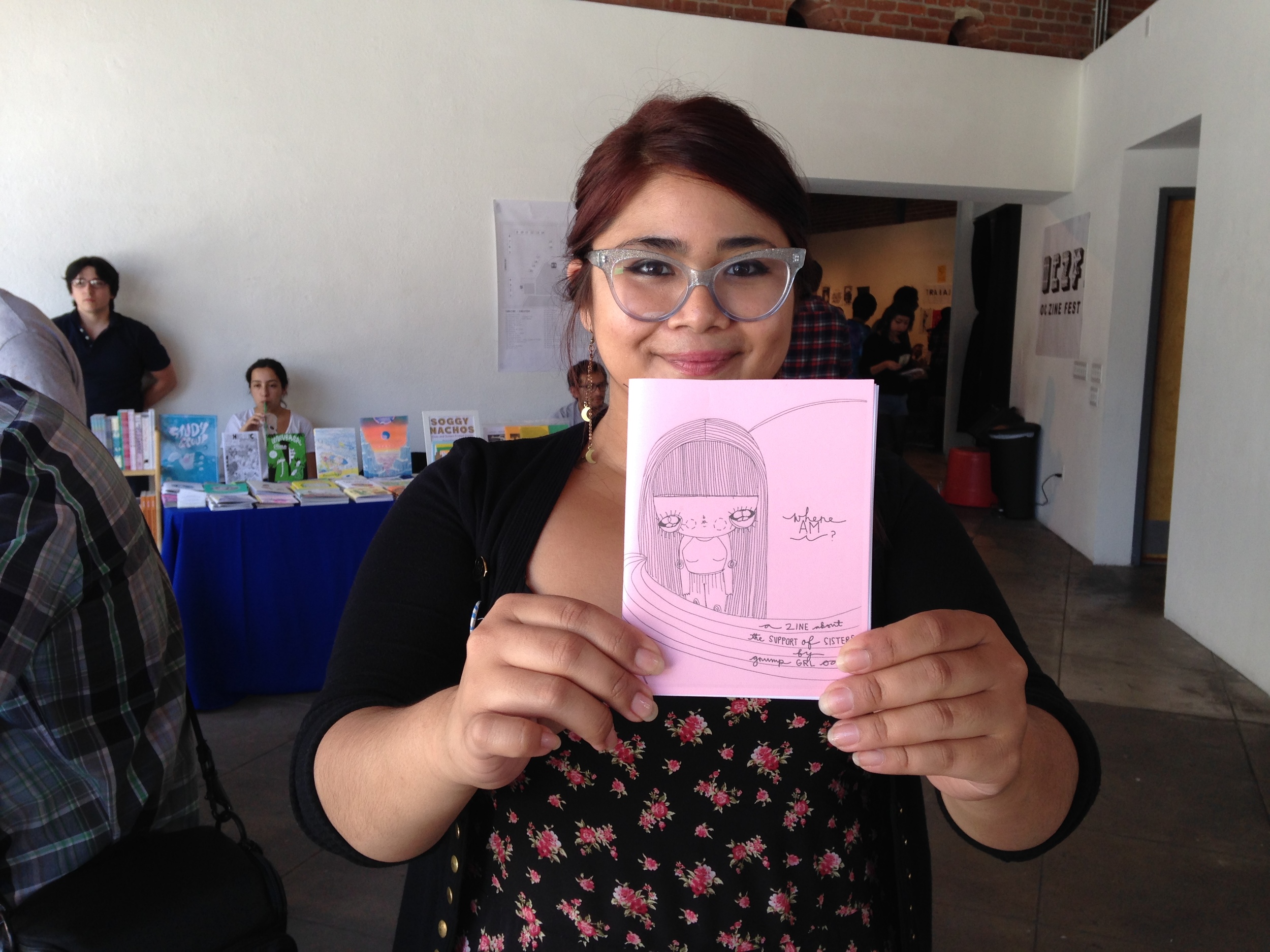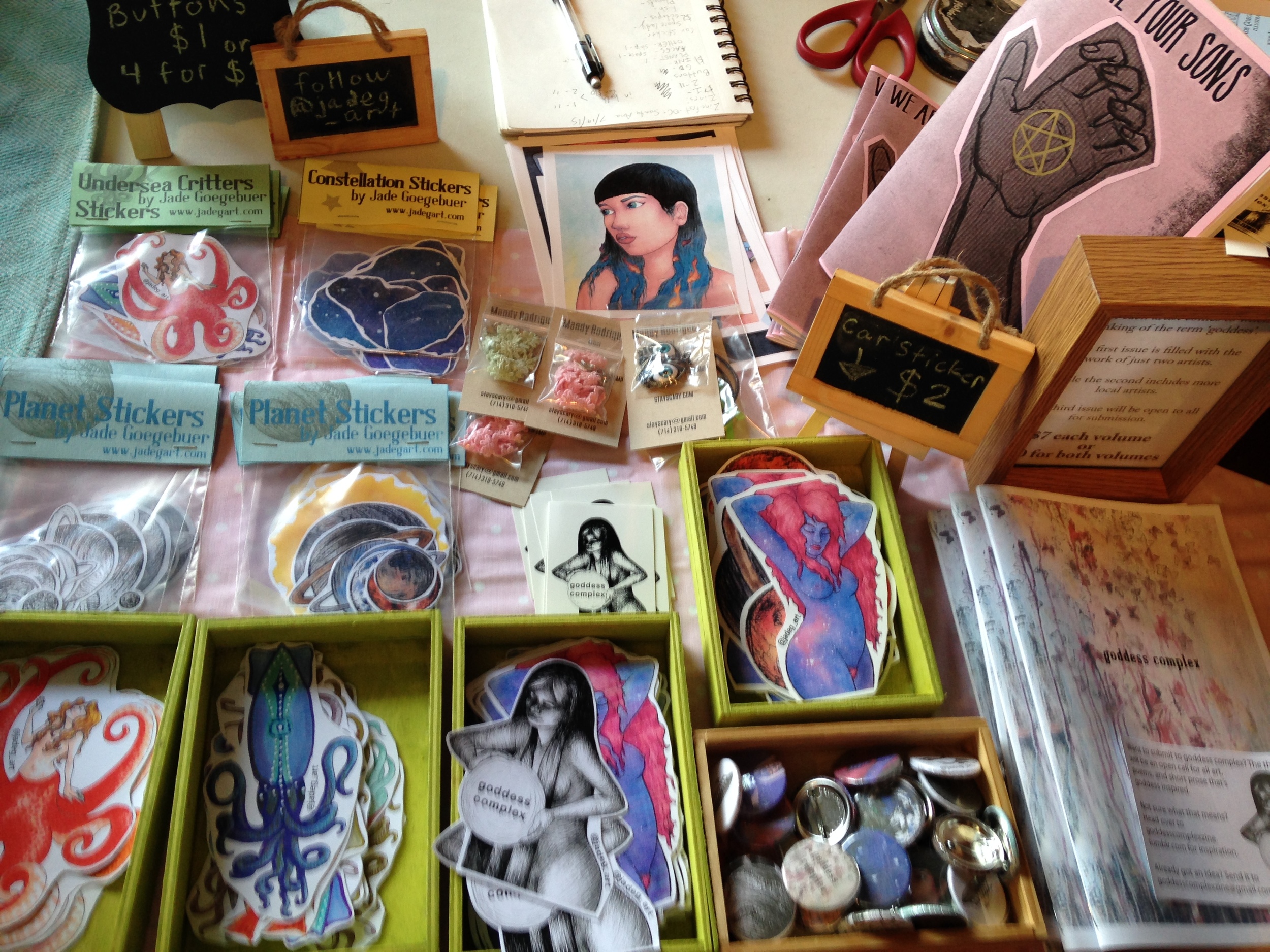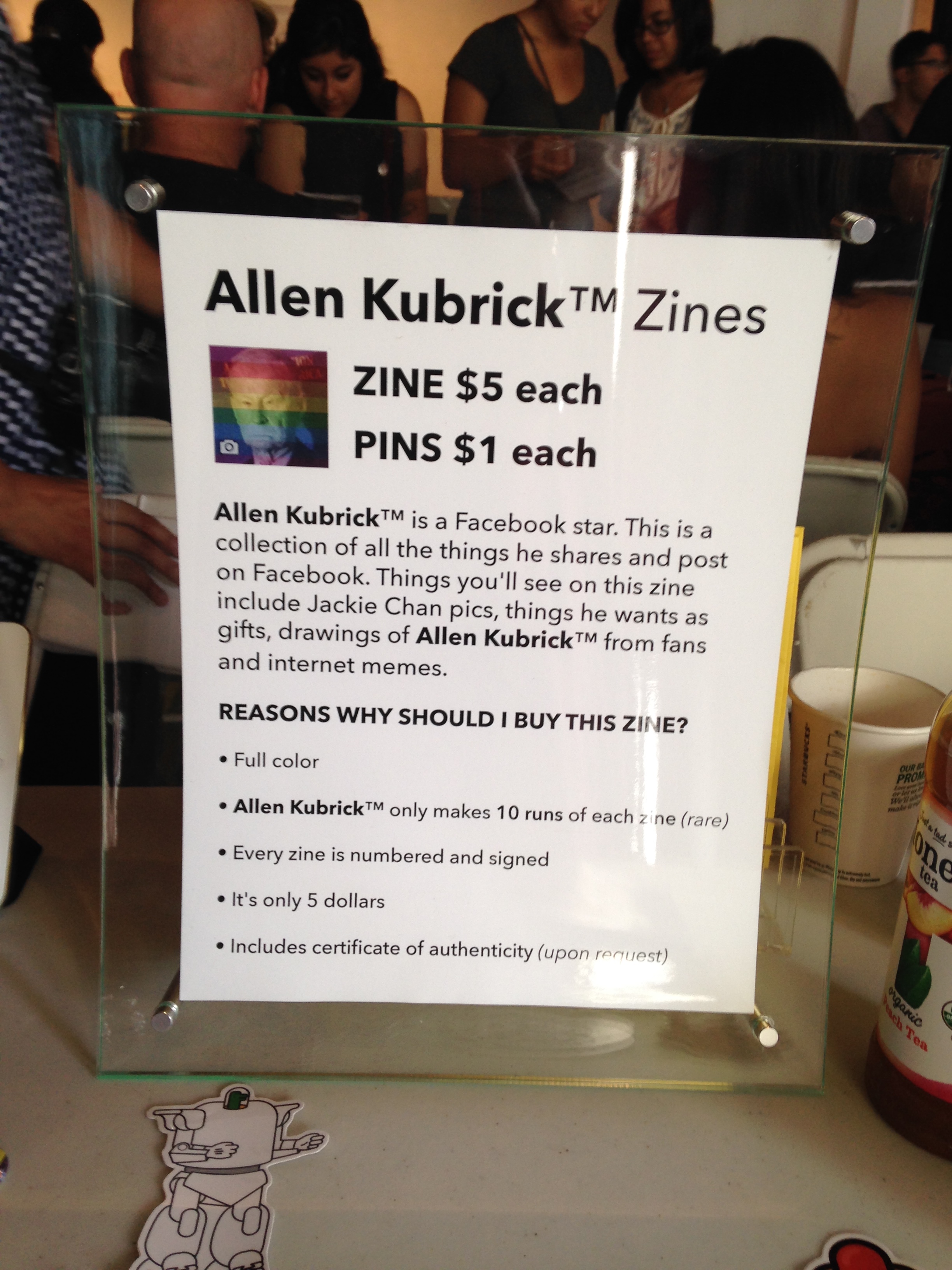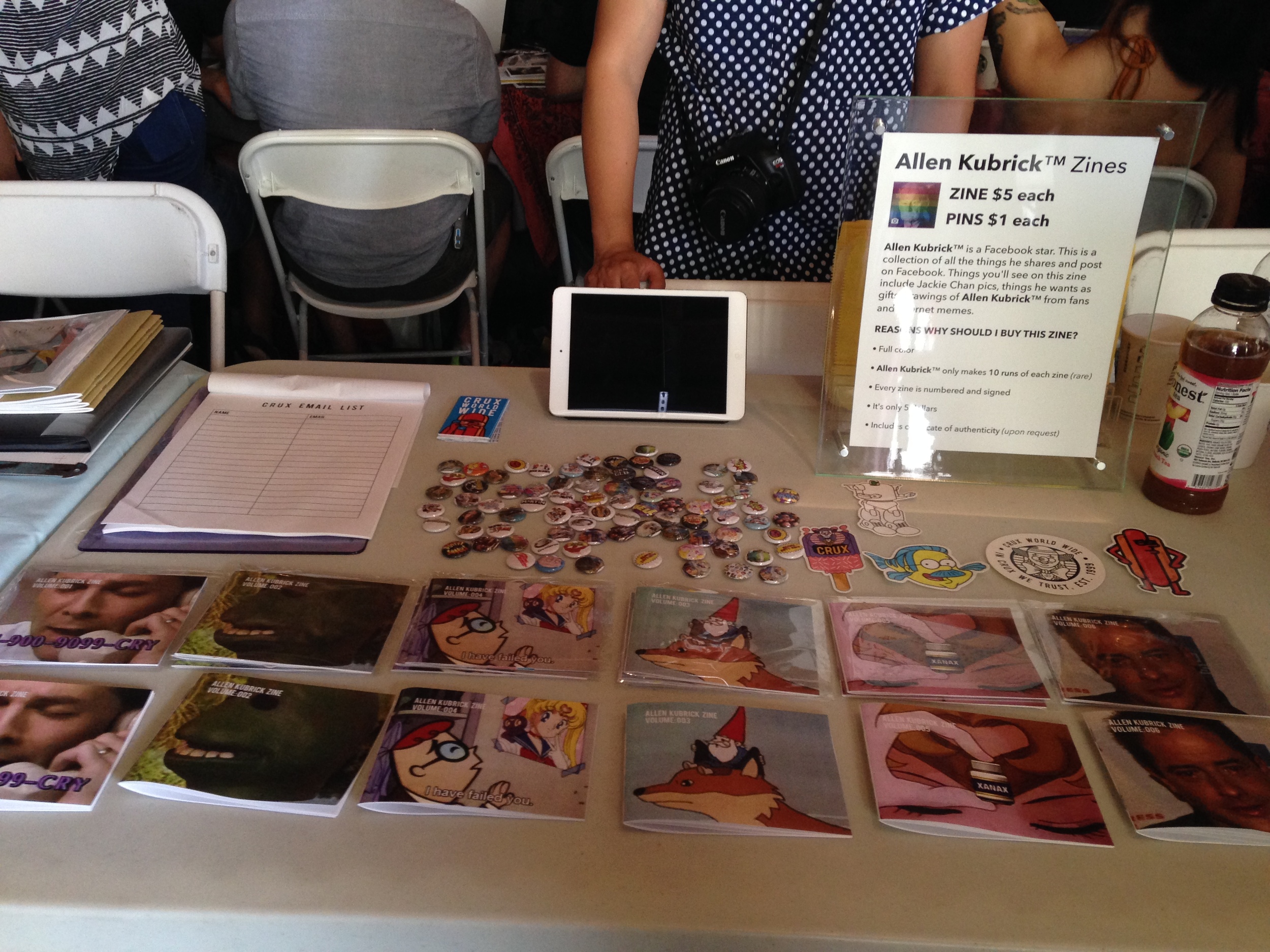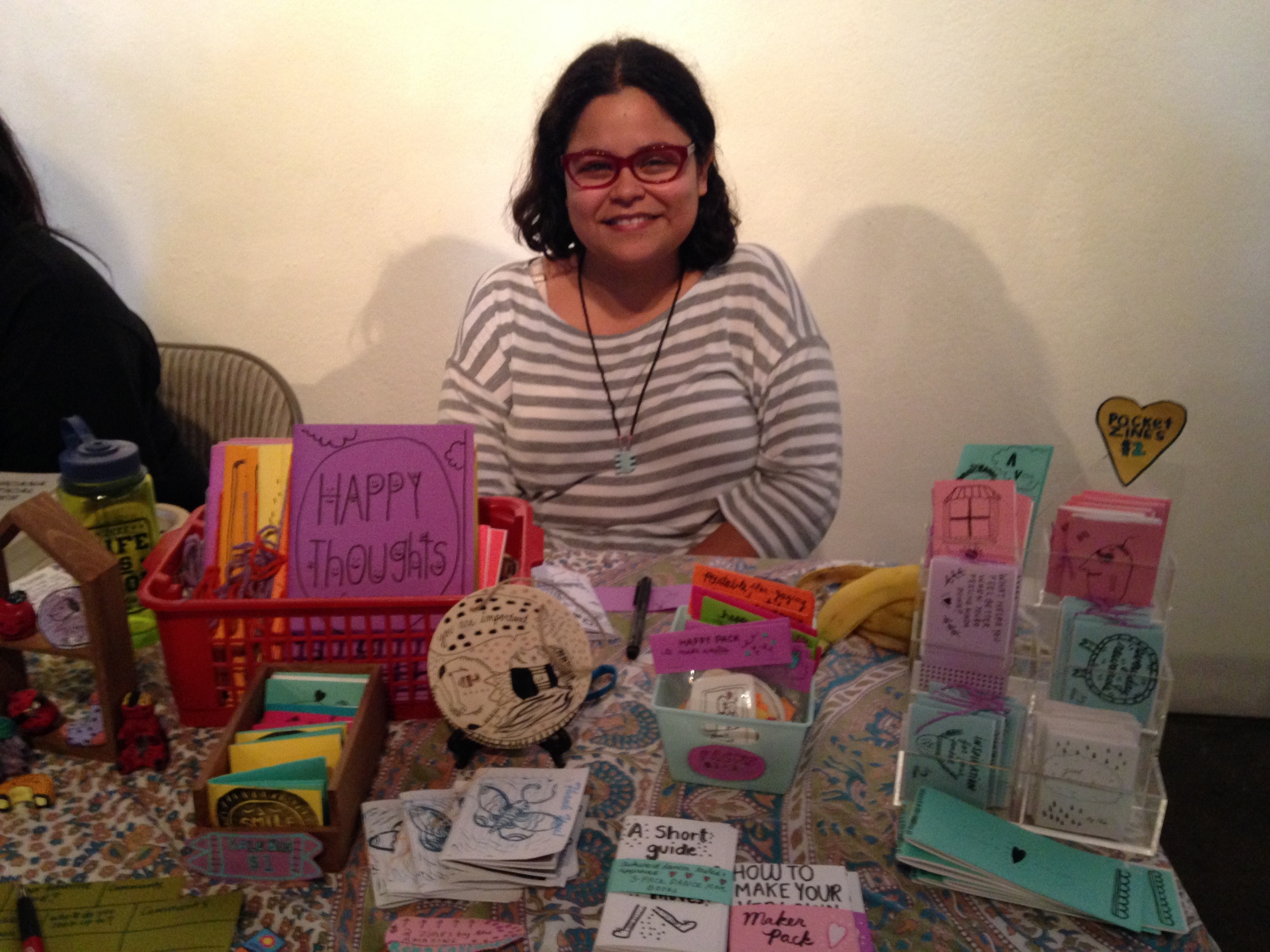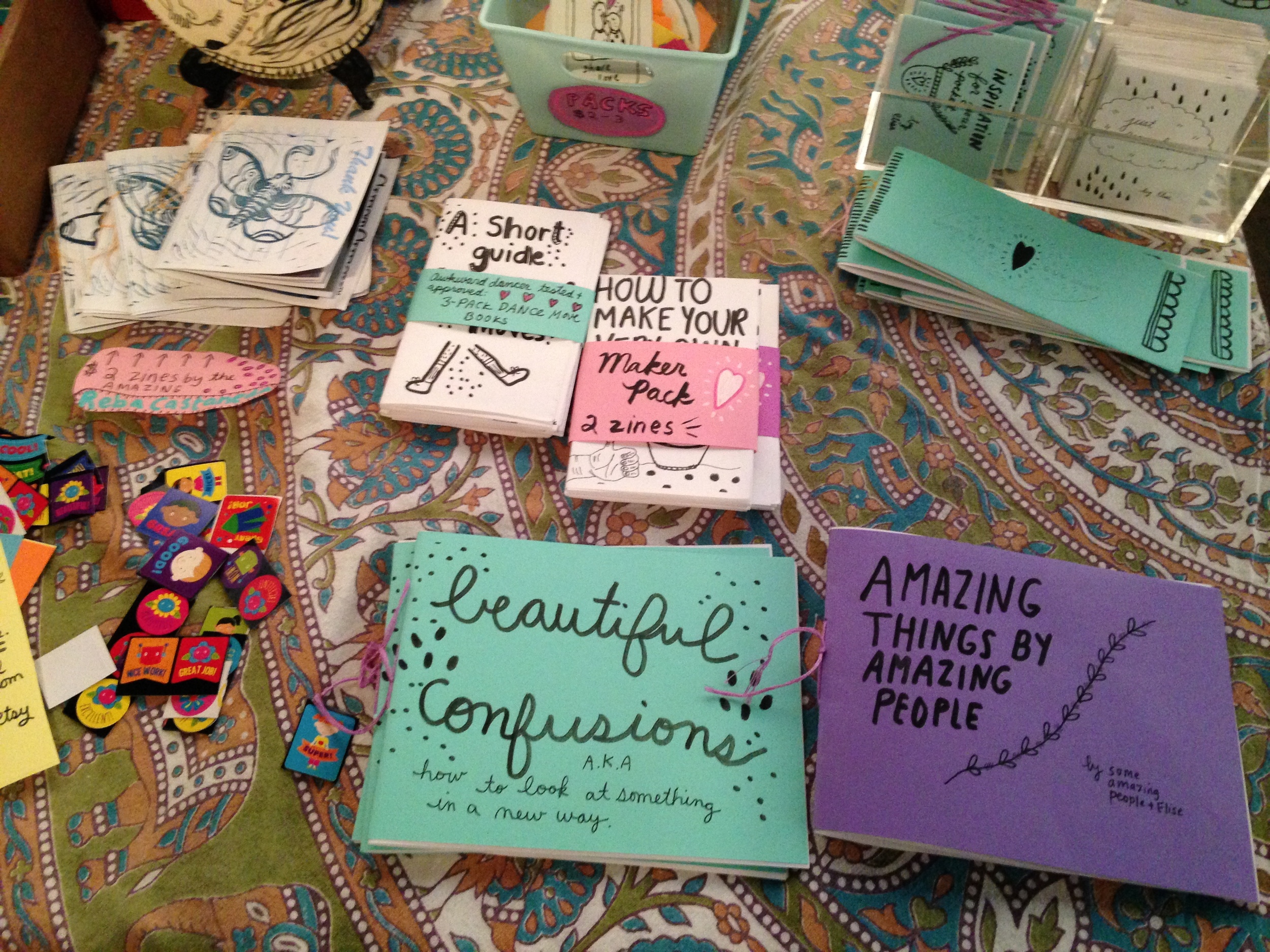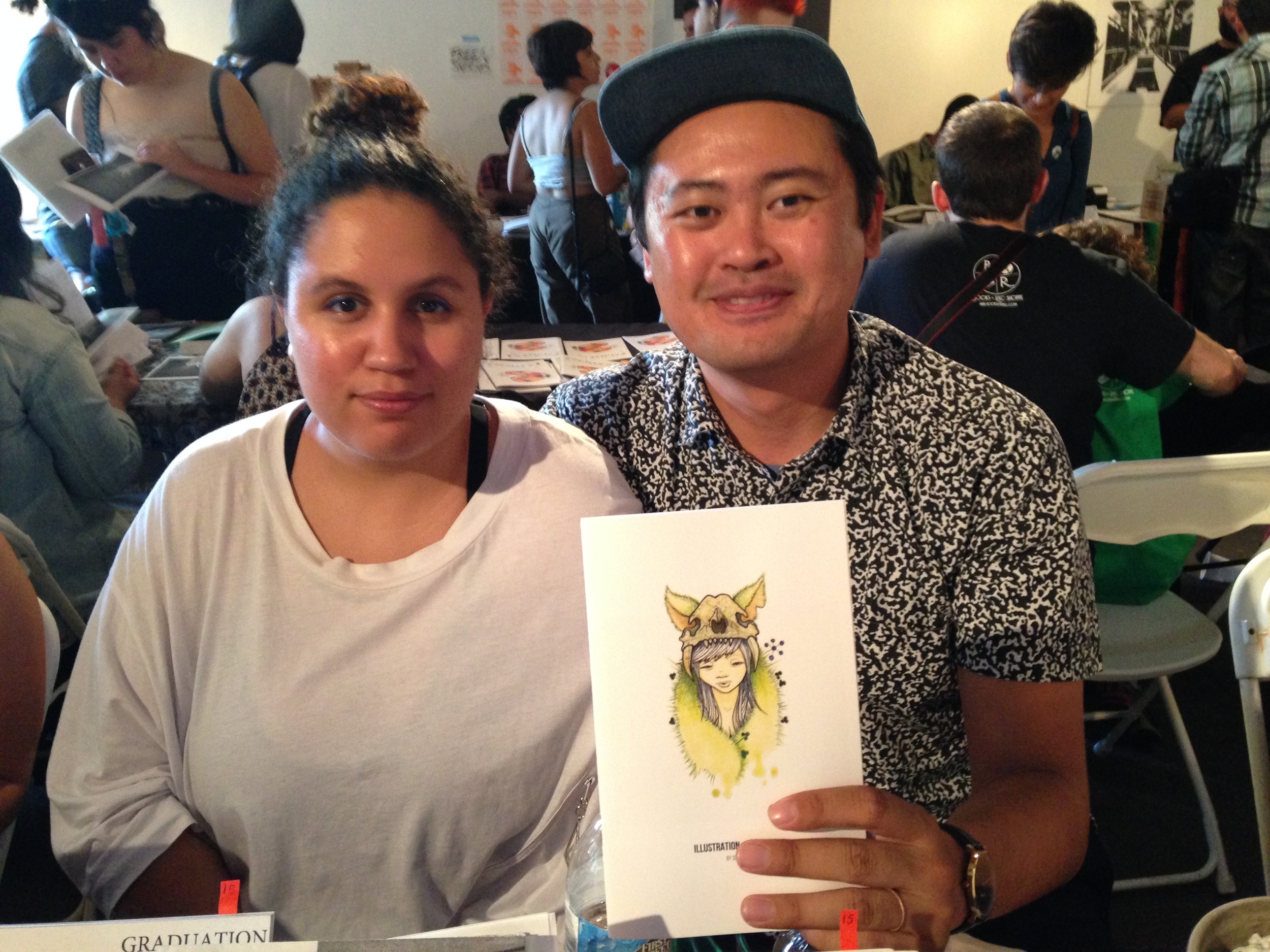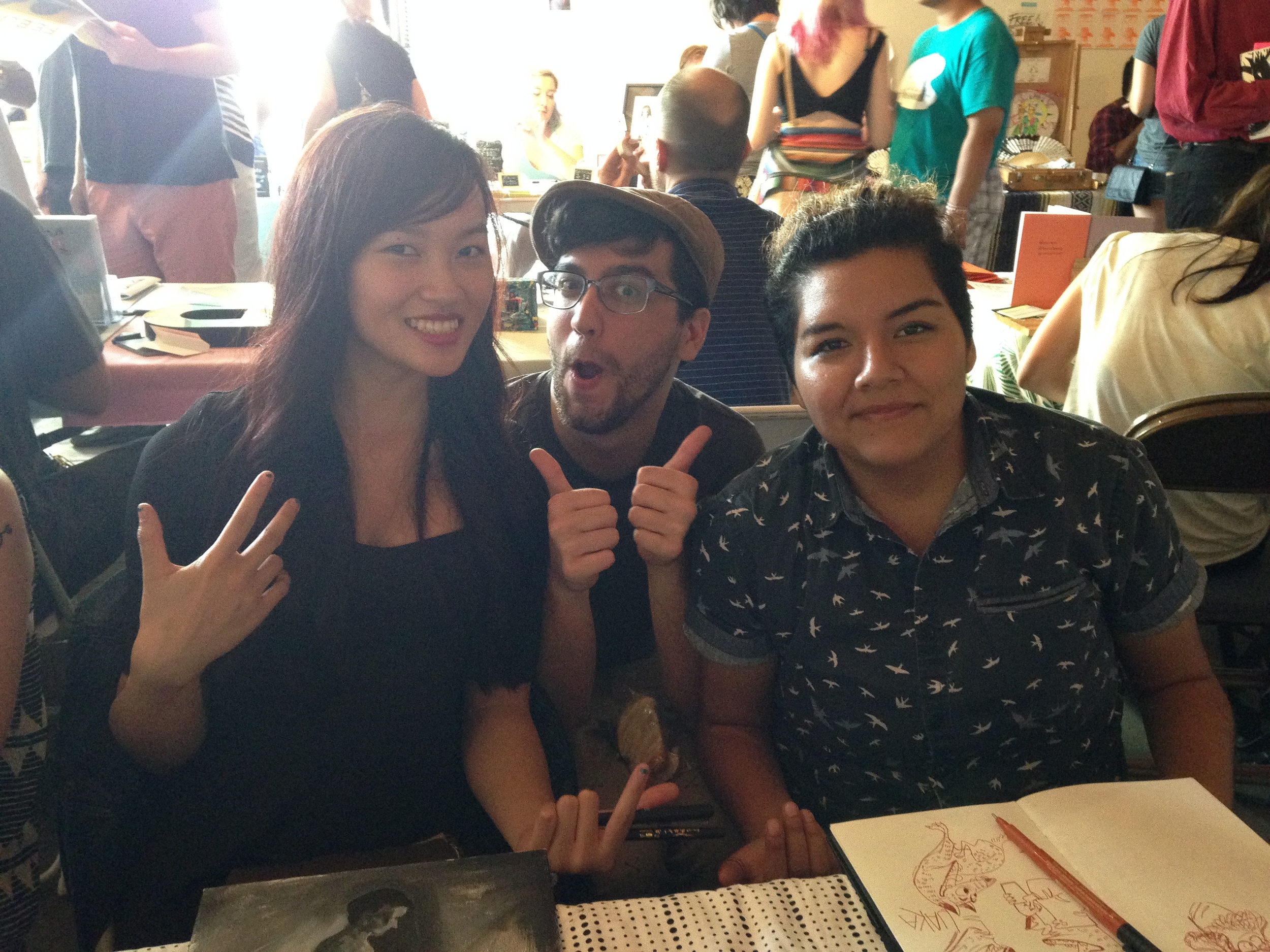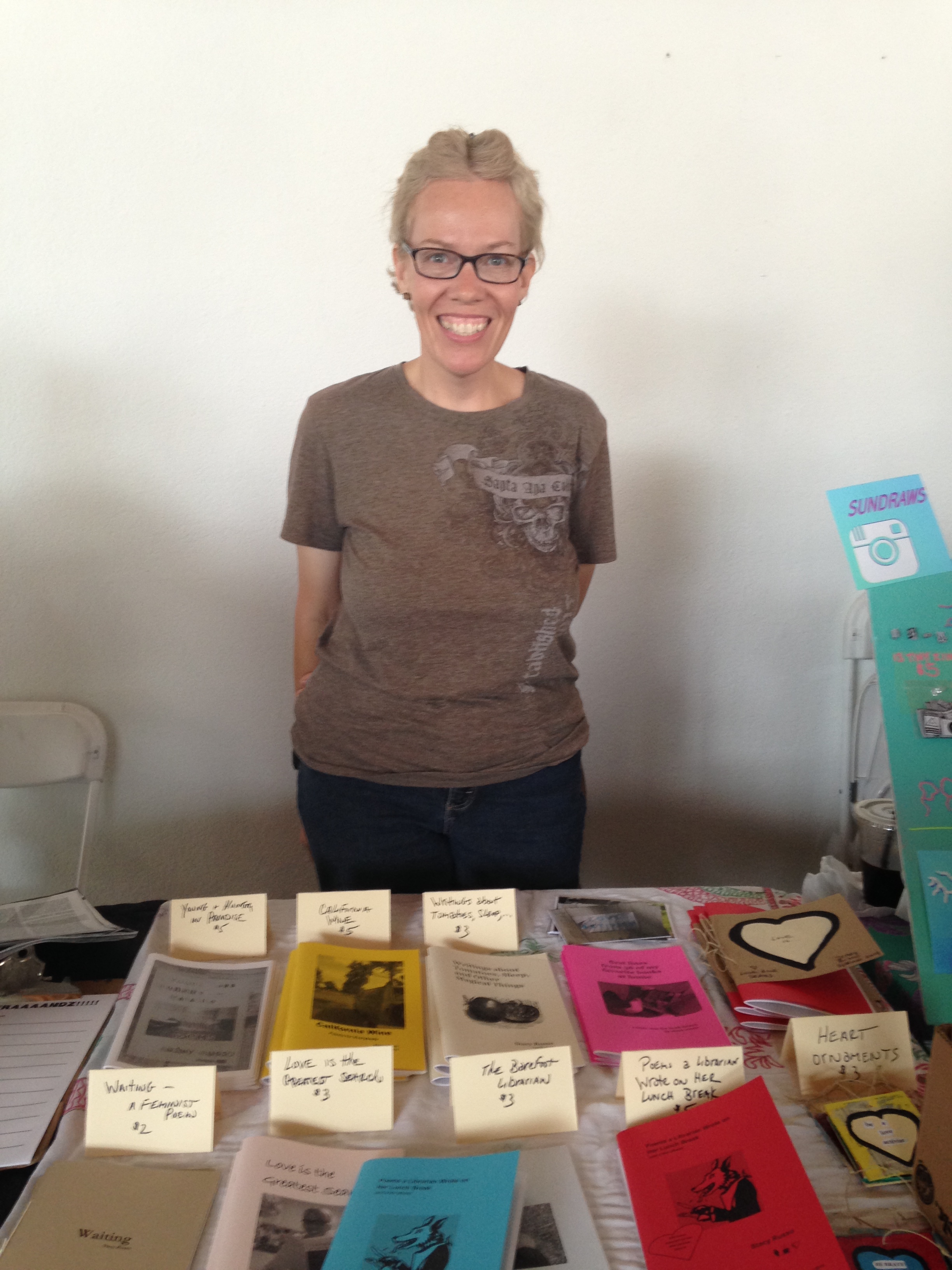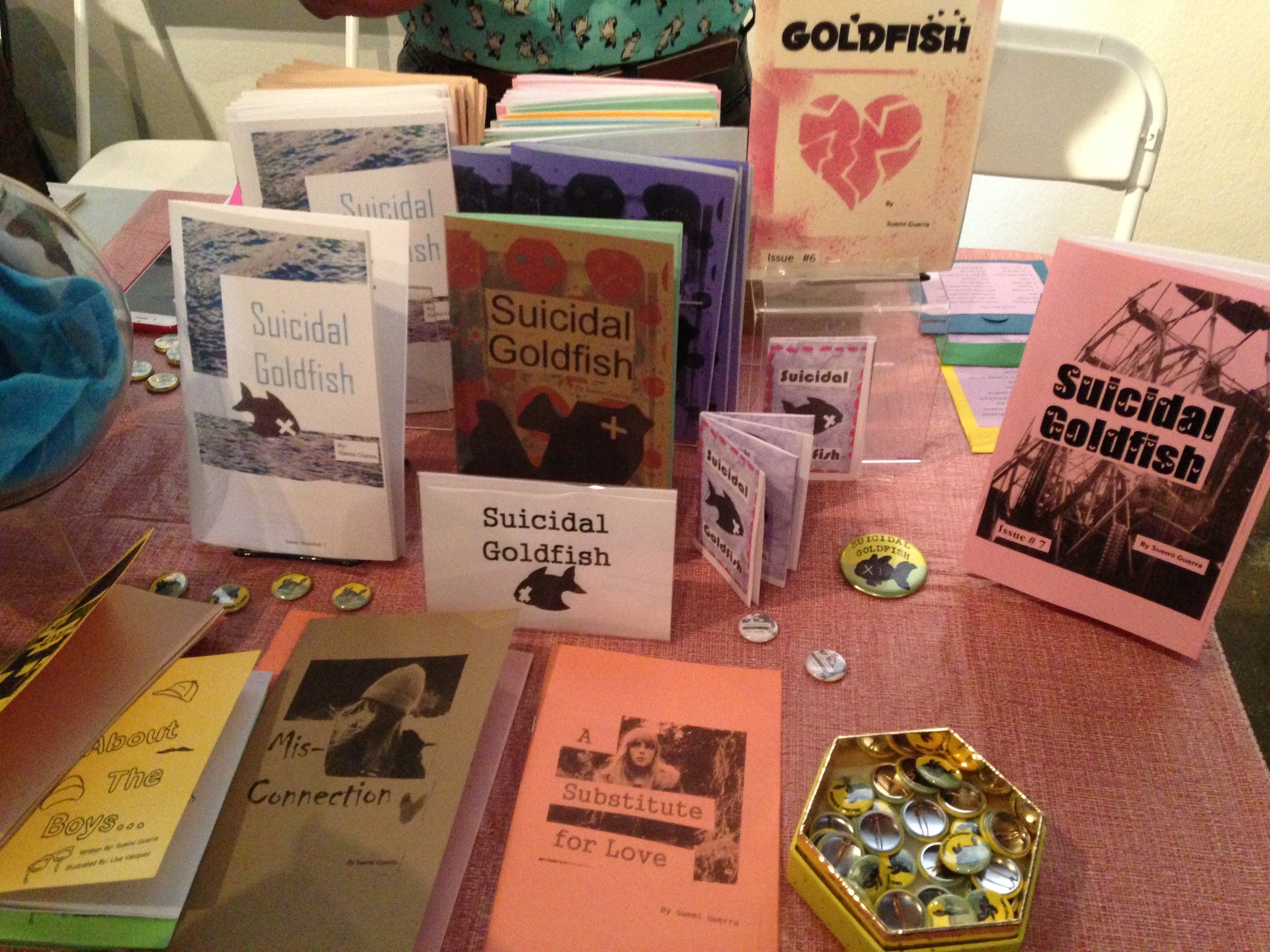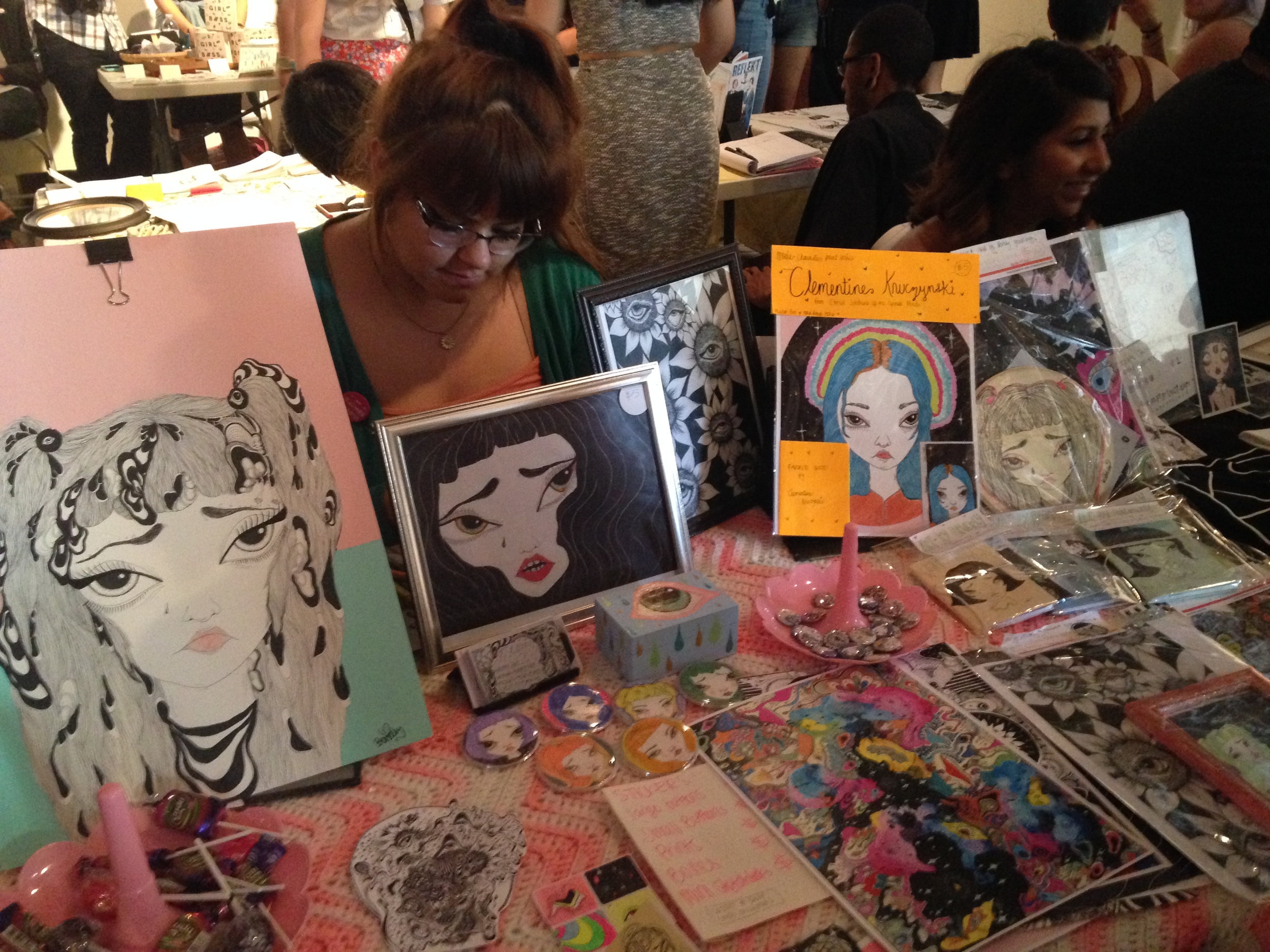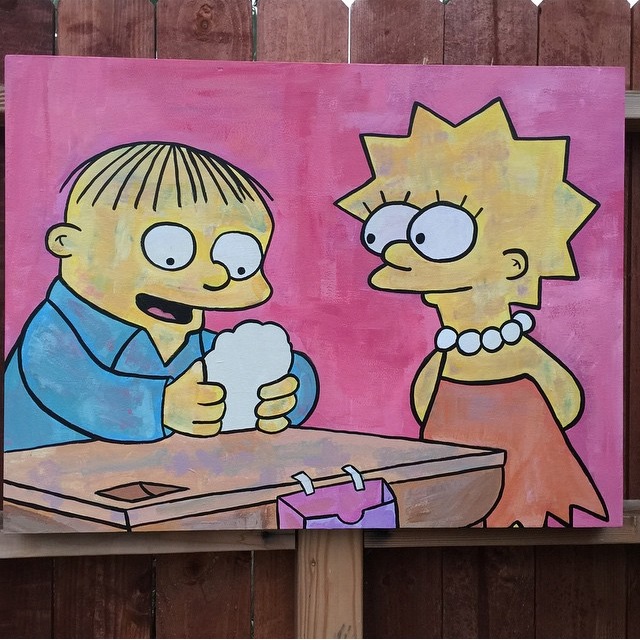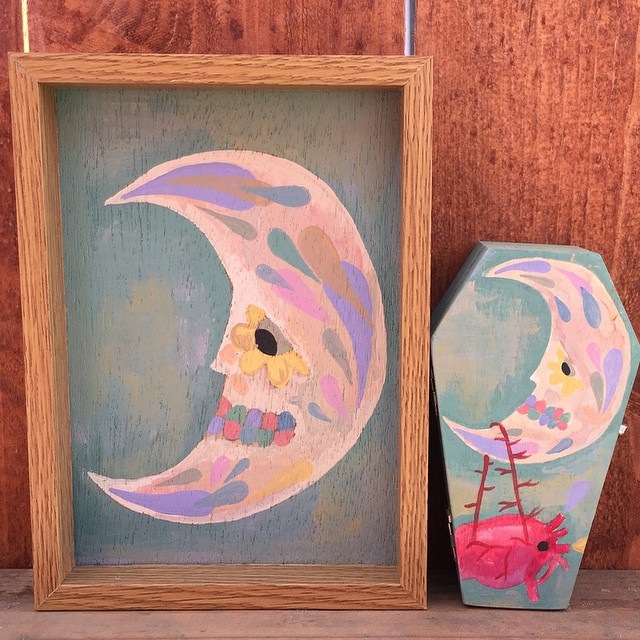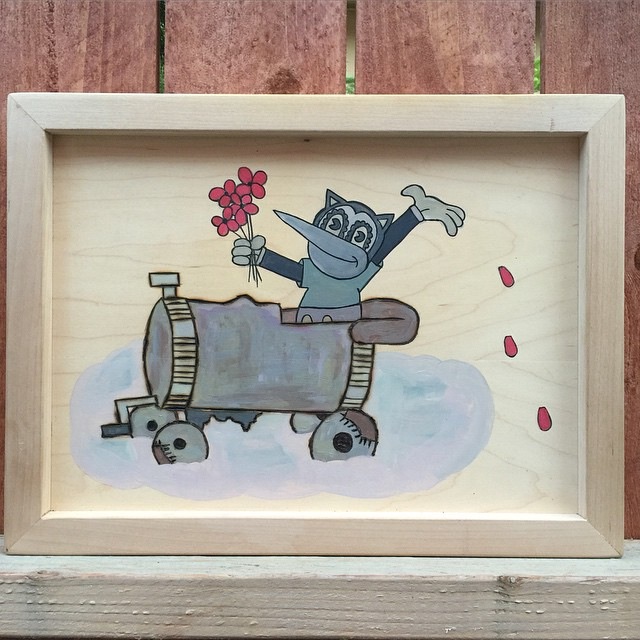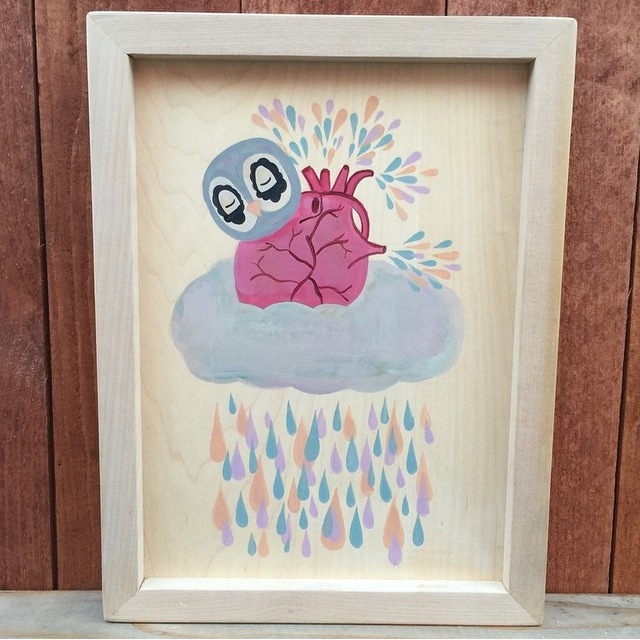It's difficult parenting little ones. There are so many parts of a person to consider, and when it comes to education, some of us have specific definitions of what it looks like when a child is learning. It can be frustrating and scary when our preschooler or kindergartner isn't writing their name or speaking as fluently as their peers. Kids do develop at their own paces, and may show their learning in different ways. The tricky part of seeing the successes of early education is how diverse it can be. Here are some ways a child can show that his or her preschool is teaching them:
1. Singing songs
Preschools use lots of music and art to build a foundation for learning. Songs can be used to teach the days of the week, numbers, shapes, and how to greet others in the morning. If a child is singing in the home, take note of the songs. Singing shows that your child is retaining information, and is enjoying their time at school.
Songs for younger kiddos having a rhythm as fast as their heartbeat makes it easier to listen to and learn. That's why nursery rhymes are slower. They can also help calm children down.
Songs can be used to give directions at home. Singing about washing up or eating dinner can make the activity more fun, and less stressful.
It takes a while for kids to get tired of things they love, so singing their favorite songs during non-preferred activities might help make them more enjoyable.
2. Drawing
Since verbally expressive language is not well-developed early on, children can visibly show their learning and curiosity of the world through drawing. Asking open-ended questions or making statements about objective parts of the drawing can help facilitate more language and dialogue with your little one.
Some ways to talk about drawings:
Tell me more about this (point at part of drawing)
I see lots of (color)
Let's make a story about (drawing).
What happens in the picture?
Which part do you like most about (drawing)?
A note on drawing when children are not writing *yet*:
Drawing and coloring are part of PREWRITING. Children need fine-motor skills to write well. Their hand and finger muscles need practice to hold a pencil, and using crayons is a natural part of a strong foundation to write. If you are concerned about your child not writing yet, practice a word or a letter at home each day until they master it. Try a few times a day and remember to make it fun and casual with praise for trying. Having art supplies and paper readily available can help promote prewriting skills.
3. Nonstop talking
Kids love talking about themselves and their world. Sometimes their grammar is incorrect, and they use the wrong pronouns. That's okay. Most of the time, young children will learn over the years and correct their word choice by hearing others speak properly. If a child likes to talk about certain topics, ask questions, or just listen. Hearing what your child likes to talk about can help see what your child is learning about or interested in.
Some ways to promote conversation at home:
Create a routine where you and your child have 1:1 time (maybe even five or ten minutes), where you check in about the best parts of each other's days. You can model the sentences and take turns talking. It can be at the dinner table or during bath time, but making it consistent can help establish a pattern for your child to talk more.
Have prewritten topics in a jar. Ask your child to name words to put on the cards (so they are topics he or she knows about) and have your child choose one every day to talk about. A couple sentences about the topic can go a long way to increase your child's sense of success.
Share stories as a family. After adults are done speaking, take time to listen to your little one as well. Often we forget to wait and let children share their stories. Asking open-ended questions can help develop your child's language skills.
A note when children are not talking:
Sometimes children don't speak for their own reasons. If you are concerned, and your child isn't speaking, or does not have a similar-sized vocabulary compared to his or her peers, consulting with your physician or a speech pathologist might help. If you are concerned with emotional or behavioral reasons for why your child is not or suddenly stopped talking, contacting a therapist may help. I love working with young children with different ways of communication. Please call me today at (949) 381-1894 to see how I can help your child find their voice, and your parenting process.
4. New Words or Phrases
Children are sponges for information, and little scientists. It can be frustrating as a toddler not having words to communicate, so when they do start speaking, new words are like a superpower. Many times, children will start talking or wanting to learn more about the same topic over and over again. Repetition helps the brain store information into long-term memory, so talking about the same topics can help a child feel proud of mastering new information. Hearing new words or phrases that aren't used at home can also show you that your child is learning from preschool peers or teachers.
Children sometimes say things like, "Teacher says..." or "Miss. (name) says this..." Sharing what other people say models learning from others.
Memorizing lines in stories also shows children are learning. If there is an emphasis on certain topics, you can explore further details by providing more books on the same topic, or expand on areas of knowledge by introducing books related to different topics.
5. Playing with Toys
A child's natural language is to play. Play helps a child make sense of the world by modeling what they see, and repeating what they see at school can give a snapshot of what information is being learned.
How to facilitate play:
Have diverse toys available, and rotate them so children can stay stimulated. (puzzles, stuffed animals, blocks (very important!), pretend clothes, play doh, balls, sensory toys, books...)
Take a look around the preschool or kindergarten and ask the teachers which toys are the most popular. See if you can find an inexpensive version of popular toys for the home.
Ask your child which toys they love at school, and create a set together for home.
Make play dates where friends can bring toys to share.
I offer one-time consults on early education and choosing a preschool. Please contact me to see if I can help! (949) 381-1894
Additional Readings:
Play: Is It Important For Children? - Organized Messes
How To Work Through Toddler Tantrums - Organized Messes
8 Ways To Promote Language in Young Children - Organized Messes







